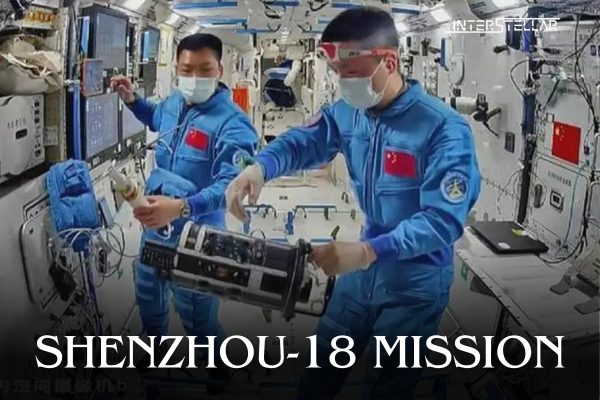Shenzhou-18 Crew Advances Research in Space as Mission Progresses
The Shenzhou-18 crew, now in the second half of their mission, continues to carry out significant studies, research, and daily activities aboard China’s space station, Tiangong.
Ongoing Research and Experiments
The China Manned Space Agency (CMSA) recently shared new footage of the Shenzhou-18 crew, highlighting their ongoing efforts in space science experiments, station environment monitoring, and overall station management. The mission, which began on April 25, has seen astronauts Ye Guangfu, Li Cong, and Li Guangsu in orbit for over four months.
Last week, the crew focused on improving the habitability of the space station. They completed panoramic imaging and 3D scanning of the station, gathering data on spatial dimensions, equipment layout, and user interface usability. This research aims to identify and address habitability challenges, ultimately providing insights for designing future space stations.
Advanced Space Science Research
The astronauts also employed the space Raman spectrometer for in-orbit nutritional metabolomics research, analysing metabolites in urine samples. This work contributes to understanding the effects of long-duration spaceflights and offers valuable data for developing effective in-orbit medication.
In the realm of space life sciences and biotechnology, the crew conducted research on space radiation damage and the adaptability of anaerobic archaea. Using a small centrifuge module, they tested the survival of these microorganisms under Mars-like conditions and extreme cosmic radiation, contributing to the ongoing search for extraterrestrial life.
Other Essential Tasks and Station Maintenance
The Shenzhou-18 crew continued their experiments in microgravity fluid physics, combustion science, and space materials science. Their tasks included replacing samples in fluid physics and containerless cabinets, as well as performing vacuum operations in the combustion chamber.
Additionally, the crew has been diligent in maintaining their health, regularly performing medical check-ups that include ultrasound, electrocardiographs, and blood pressure monitoring. For station management, they have completed routine cabin cleaning and maintenance tasks, ensuring the smooth operation of the Tiangong space station.





